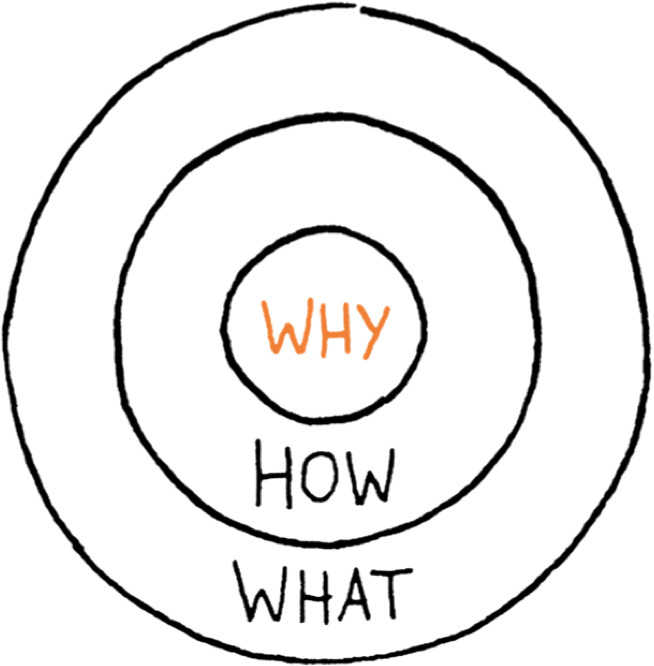One of the biggest challenges that any organisation faces is building its own culture. This issue of the maker lab is the first in a series where I’ll be writing about culture, leadership and creating a thriving environment for work, one of the key ingredients to innovation & start-up success.
Enter any organisation at the moment, and you’ll see there is a massive change happening. Suits and ties are replaced with ripped jeans and t-shirts. Employees have access to bring your pet to work days, baristas on the floor to pour their favourite latte art, hack days, 20% time, breakfast buffets, free lunches, gym memberships, and budget to customise their workspace! Just a few examples of benefits being thrown around in the effort to recruit and retain talent.
Now don’t get me wrong, I’m not suggesting companies shouldn’t be looking at these sorts of rewards to differentiate themselves and keep their team happy, but often these activities are being used as a strategy to paper over a company culture which is less than perfect. Culture, like innovation, is full of theatre. Ask Uber how their perks are working out for them.
So how do successful teams create a culture? How can you ensure you are hiring the right person? When do you know that someone needs to go? What can you do as a leader to create a highly engaged team?
In my career, I’ve been lucky enough to work with organisations ranging from 2-3 people start-ups through to 300,000 people world wide organisations. Each of them had their own strengths and weaknesses when it came to company culture.
In my experience there are 5 key attributes which contribute to a successful company culture:
Starting with a clear purpose, vision & values
Allowing the company culture to organically develop & adapt to changes over time
Not imposing too many “rules” on the team
Transparent & humble leadership
Hiring the right mix of people
There is a massive opportunity for any organisation in getting the culture right.
“Clients do not come first, employees do. Loyal employees in any company create loyal customers, who in turn create happy shareholders.” - Richard Branson
Combined with employee churn being one of the largest costs an organisation can incur, investing in a great company culture at the start can have a massive reward in the long-term.
Liz Cameron from the awesome culture archaeologists, once told me “A great culture can cost as little as $0. You can’t buy love. Too many companies just throw perks at the team as a manipulation to get people to join or stay.”
Creating a purpose driven organisation
One recent positive change in the workplace has been the rise of purpose driven organisations. Now, more than ever, employee's are looking for ways to leave their mark on the world.
In Dan Pink’s book ‘Drive: The surprising truth about what motivates us’, he suggests that the modern workforce is looking for three key components for motivation - autonomy, mastery and purpose.
Organisations today need to be able to communicate their purpose to engage their team and even customers. Why does your organisation/project exist? If it’s just to make money, perhaps re-evaluate that!
In the TED talk below, Jim Hemerling tells the story of the LEGO group’s recent transformation. “It's not about developing new products, but about enabling more children to experience the joy of learning through play. Not surprisingly, that deep sense of purpose tends to be highly motivating to LEGO's people.”
Very few leaders choose to lead through inspiration rather than through manipulation. Those few, seem to do something that is opposite to everyone else. Rather than communicating what they do, they communicate why they do it.
Leading the purpose driven organisation charge is Simon Sinek. In his book ‘Start with why’, Sinek introduces his framework for inspiration, ’The Golden Circle’.
To inspire, organisations should start with understanding their own ‘why’. Traditional companies can communicate what they do, sometimes they communicate how they do it, but very few understand, let alone communicate why they do it.
Sinek suggests crafting a why statement to boldly communicate your purpose. The 'why' statement is a sentence that clearly expresses your unique contribution and impact on the world. Writing a why statement gives you a filter for making decisions and ensuring you act every day with purpose.
If you’re not a company or startup, you can still use the why statement. Considering a career change? Try writing your own personal why statement to help make decisions. Mine is below.
“I believe in helping build a better future, solving big problems through the use of awesome technology.”
Apple’s famous advert the “crazy ones” marked the return of Steve Jobs to the company, and focused on rebels and trouble makers. It tells a story about rule breaking, changing the world, and pushing the world forward, but it did not mention the hardware of their new products once. It relaunched Apple to become the worlds most profitable company.
Here Steve Job’s talks about his return to Apple and the “Crazy Ones” campaign. The ingredients still hold up today and it is an amazing insight into his marketing genius.
The Moonshot
Think of the greatest achievements of mankind in the last century and you’ll likely fail to pass the moon landing in 1969. But the attempt to land on the moon actually started 9 years earlier with the election of John F. Kennedy.
In the battle to be the superior nation with Russia, JFK announced in 1961 that the USA would send a man to the moon before the end of the decade, an incredible thought considering at that point only one American had flown in space.
But the Apollo missions to the moon launched an era of investment in technological innovation that hadn’t been seen until that point. Incredible to think that in the following 40 years space tech had actually regressed until Elon Musk starting throwing around ideas about a trip to Mars.
Few thought that landing on the moon was possible. But JFK managed to inspire a nation. How did he do that? A grand vision, a big hairy audacious goal (BHAG). Australia could do with a leader like JFK at the moment.
For me, nothing motivates more than a moonshot. It’s the thought of throwing everything out the window searching for massive improvements.
So what is your mission? After you work out your ‘why’, start thinking about what the BHAG could be for your organisation. Create a mission that inspires, empower the team to make decisions, and then get out of their way! I’m sure amazing things will happen.
Bringing Core Values To Life
Ok, so, you’ve got your mission taken care of, but what next?
Gandhi once said, "Your beliefs become your thoughts. Your thoughts become your words. Your words become your actions. Your actions become your habits. Your habits become your values. Your values become your destiny."
I like to think this process can be reverse engineered. By setting clear values, you describe the actions that are expected. Actions become conversation and stories, and so on.
But I’m not talking about the wishy-washy kinds of core values that you see in some companies. “Trust, Collaboration, Honesty, Respect”… they aren’t core values. They are just rules for common decency. If you’ve got problems with respect, trust, collaboration and honesty then you have big problems!
I’m talking about the sans-BS, straight up values that everyone in the company can run with and know straight away what is expected of them, but still allowing the attitude of your team and organisation to shine through.
Core values should be simple enough that no one can forget them, and every member of the team can recite them without delay. They should be the rules of engagement that your team use when representing the company and symbolise your organisation when your customers think of what you bring to the table.
Too many companies come up with core values, print them up on the wall, and never refer to them ever again. Your role as a leader is to ensure that everything in your organisation reinforces your core values. Core values should act as a guiding filter. Do all your projects, team members, clients align with your values? What is that communicating to the wider team?
“What is important at our company and why do people want to work here?”
Every organisation will have its own flavour when it comes to its mission, values, and culture, but we all have an opportunity to inspire the people around us and to do amazing things!
I’d love to help you however I can, so feel free to get in touch to ask my advice or even just to tell me your stories about what has worked/hasn't worked for your organisation.
If you’re struggling to challenge your own mission, just think, ‘What would Elon do?’ Digging tunnels for your fleet of solar-powered autonomous vehicles is already taken!


